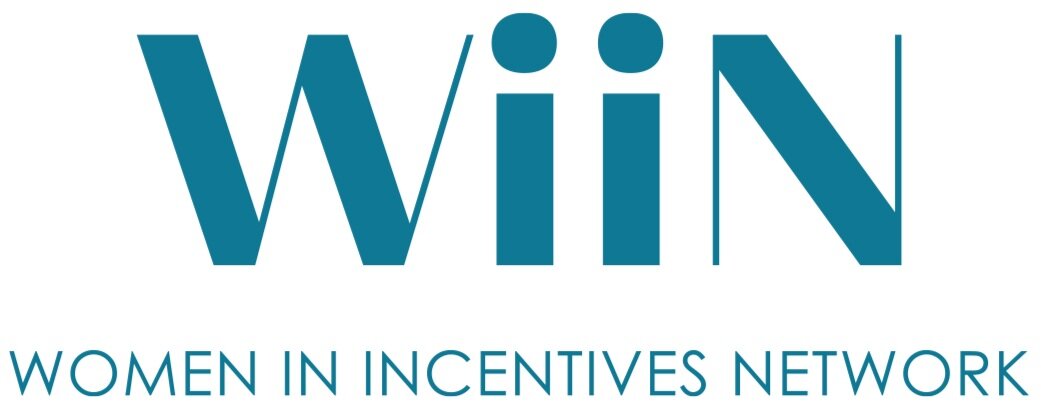The Marketing & Loyalty Genius of Barbie
Since her introduction in 1959, Barbie (Barbara Millicent Roberts) has embodied the message that "girls can do anything". As the first doll that was not intended to encourage nurturing as the other baby dolls before her, Barbie was and is still a symbol of the limitless potential that is in every girl.
Admittedly, Barbie was controversial at her introduction and remains controversial today. The recent Barbie Movie depicts that in Barbie's world, women are Presidents, Supreme Court Justices, doctors, attorneys, business owners -- in fact, Barbies ARE the community. Ken and other men are mere accessories. A lot has been written about the movie and the way in which Director Greta Gerwig conveys her message with humor and fairly strict adherence to Barbie's brand. America Ferrera’s monologue was particularly powerful and is getting a lot of coverage.
While the market for Barbie is typically young girls, this movie is targeted more to those who grew up playing with Barbie and have some nostalgia for the brand. Whether the messaging hits home or hits a nerve, there is no denying that Warner Brothers, Mattel and the movie studios were marketing on steroids.
Marketing Barbie
Of course, the estimated $150 million marketing budget is a good start! The production costs were almost as high at $145 million. The return on these investments in the first 17 days was over $1 billion.
Barbie starts with a strong brand, obviously, and for this movie, added:
over 30 strategic partnerships and licensing agreements with fashion brands, cosmetic companies, AirBNB, ice cream, fast food, toothpaste and more
global reach: premieres, contests and events around the movie all over the world
interactive experiences: watch parties, sneak peeks, photo "box" booths at theatres
social media blitz: Tic Toc, Instagram and other platforms showing audiences dressed in Barbie Pink to attend the movies or watch parties, endless memes and other videos gone viral
Mattel's expertise in marketing and finding their way to their target consumer is nothing new. Mattel was the first company to broadcast commercials directly to children during Walt Disney's Mickey Mouse Club show.
Loyalty Barbie
As in many good marketing strategies, there's a loyalty program that converts enthusiasts into brand advocates: The Barbie Signature Membership loyalty program (for $9.99/year) includes:
the option to purchase members-only dolls
early access to retail events and introductions
behind-the-scenes access
interactions with doll designers and input on new doll concepts
An Iconic Brand
It's not easy for a brand to survive as long as Barbie has - after all, at 64, she's a senior citizen. Barbie has evolved over the years from the one doll with many outfits to multiple dolls featuring Barbie's many professions or interests. Mattel has responded to her audience by offering Barbie in many skin tones, eye colors, hair colors and styles and body shapes.
In 2019, Mattel introduced a line of Barbies with disabilities. Said Kim Culmone, Mattel’s global head of design for Barbie: “This year our Barbie line will include dolls reflecting physical disabilities in order to better represent the people and the world kids see around them. Our commitment to diversity and inclusion is a critical component of our design process and we are proud that today’s kids will know a different image and experience of the brand.”
It's estimated that even before this movie reinvigorated Barbie, 2 Barbies were sold somewhere in the world every 2 seconds. May this continue to bode well for the future of our girls who truly have limitless potential.
Written By WiiN Member_ Barb Hendrickson


